In a world filled with flashy toys and high-tech gadgets, it’s easy to forget the simple beauty of everyday objects. Yet for babies and toddlers, the ordinary becomes extraordinary through touch, sound, sight, and smell. The Basket of Treasures is more than just a container of household items – it’s a rich sensorial experience designed to support a child’s cognitive development, curiosity, and independence. Join 4Life Education in exploring how this simple yet powerful tool supports your child’s sensory and cognitive growth.
What is a Basket of Treasures?
A Basket of Treasures is a low basket or sturdy box filled with a variety of real-life items, each chosen for their unique characteristics. These items are safe for babies and toddlers to explore and help stimulate their senses. The idea stems from Montessori principles that encourage hands-on learning through exploration and discovery.
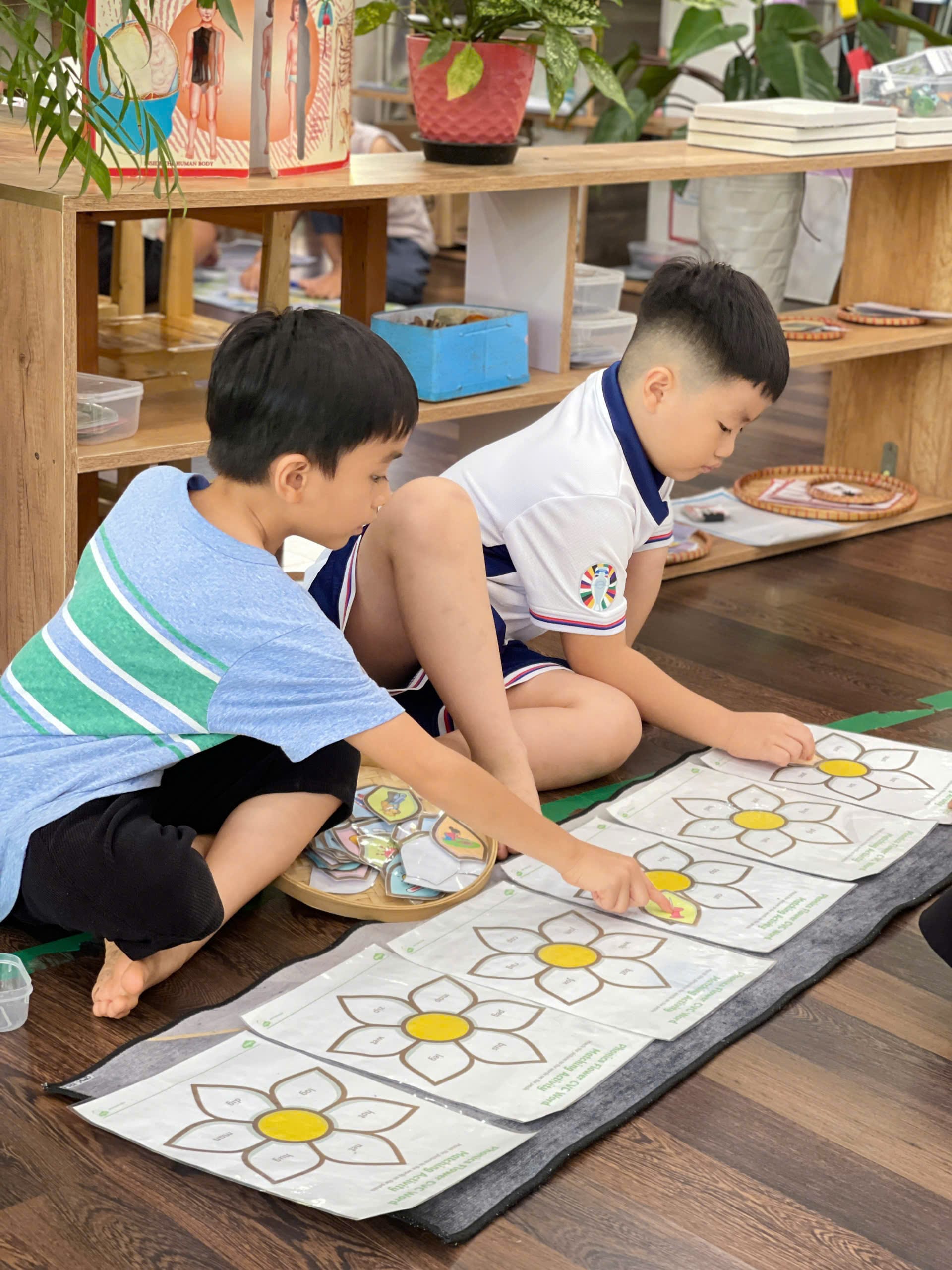
What is a Basket of Treasures?
This method is ideal once your baby can sit up and grasp objects. The goal is not entertainment in the traditional sense, but deep engagement through sensory exploration.
The sensory power of everyday objects
To adults, a pinecone, a metal spoon, or a string of beads may seem trivial. To a baby, they are treasures waiting to be discovered. Sensory learning starts early and lays the foundation for all future intellectual development.
Babies and toddlers engage all five senses when interacting with objects. They feel the textures, listen to sounds, observe colors and shapes, smell scents, and—yes—often taste the objects. This form of multi-sensory learning helps to build neural connections in the brain.
What goes inside the basket?
A well-prepared treasure basket includes between 50 and 100 objects, each with distinct characteristics such as textures, shapes, sizes, weights, temperatures, sounds, and scents. For example, you might include wooden spoons, fabric scraps, polished stones, feathers, pinecones, small bells, wallets, empty jars with beans, dried herbs in sachets, or metal chains.
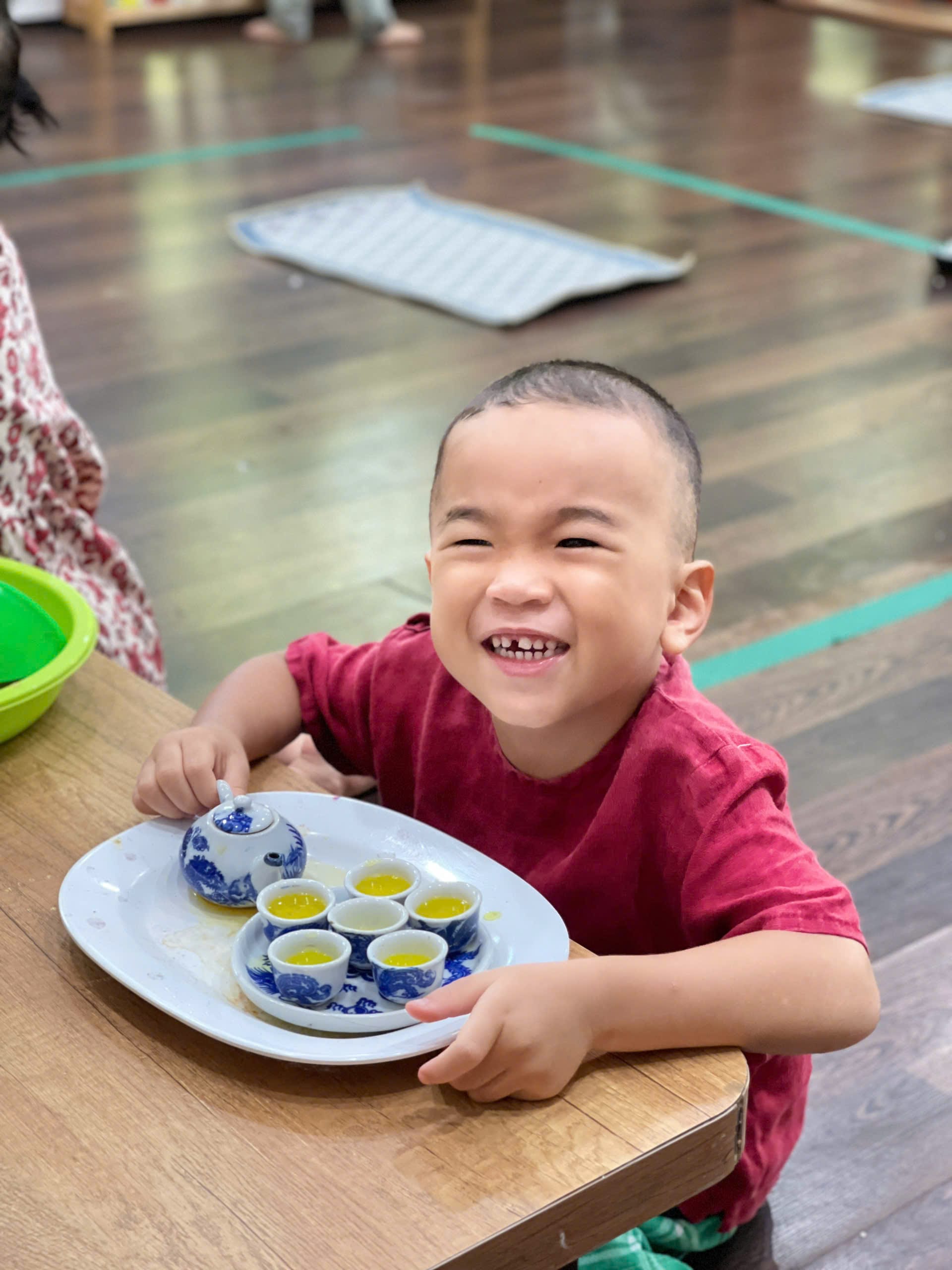
What goes inside the basket?
All items should be clean, safe, and large enough to avoid choking hazards. Avoid anything with sharp edges or harmful coatings.
The role of the adult
When offering a Basket of Treasures, the adult’s role is to observe, not instruct. Sit nearby, remain silent, and let your child lead the exploration. You might pick up an object, explore it with interest, and then return it. This models curiosity and encourages independent learning.
Babies enjoy your presence but not interference. Let them explore freely, choosing what interests them. Stay alert to safety but resist the urge to guide their hands or direct their attention.
A deeper dive into the senses
Tasting
Since birth, babies have explored the world by mouthing objects. As long as the items are clean and safe, this is an important part of their investigation. They learn not just about taste, but also texture, shape, and weight through this process.
Touching
Touch introduces an entire world of information. Rough pinecones, smooth stones, or soft fabrics offer variety that plastic toys often lack. The tactile diversity sharpens sensitivity and fosters a stronger brain-body connection.
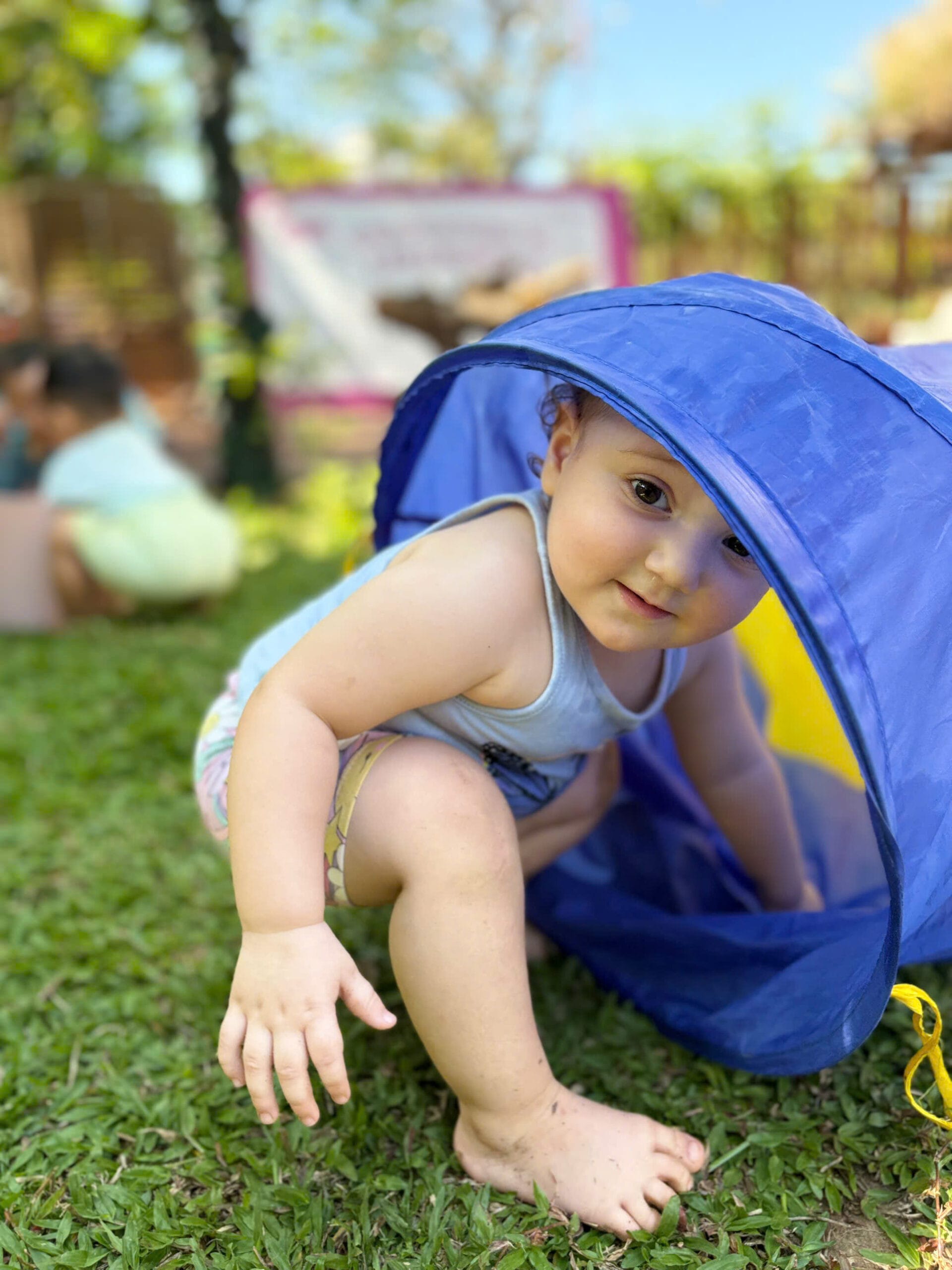
Basket Of Treasures
Looking
As your baby’s vision sharpens, they begin to appreciate subtle shades and visual contrasts. A pastry brush or metal cup might catch their eye not because of function, but because of color or movement.
Exploring
The basket itself becomes part of the exploration. Its texture, shape, and the arrangement of objects offer additional stimuli. A focused child may spend 20–30 minutes fully immersed.
Hearing
Sound becomes meaningful when babies interact with objects that clink, rattle, or crinkle. A metal spoon tapping a jar, dried beans in a sealed bottle, or bells in a small pouch can all fascinate a curious mind.
Smelling
Babies have a strong sense of smell. Include lavender, cinnamon sticks, lemon peel, or coffee beans. These natural scents are both soothing and educational, offering calmness and novelty.
Why it matters
From birth to age six, the brain is building crucial neural pathways. Sensory-rich experiences like the Basket of Treasures send signals from the body to the brain and back again, reinforcing brain function.
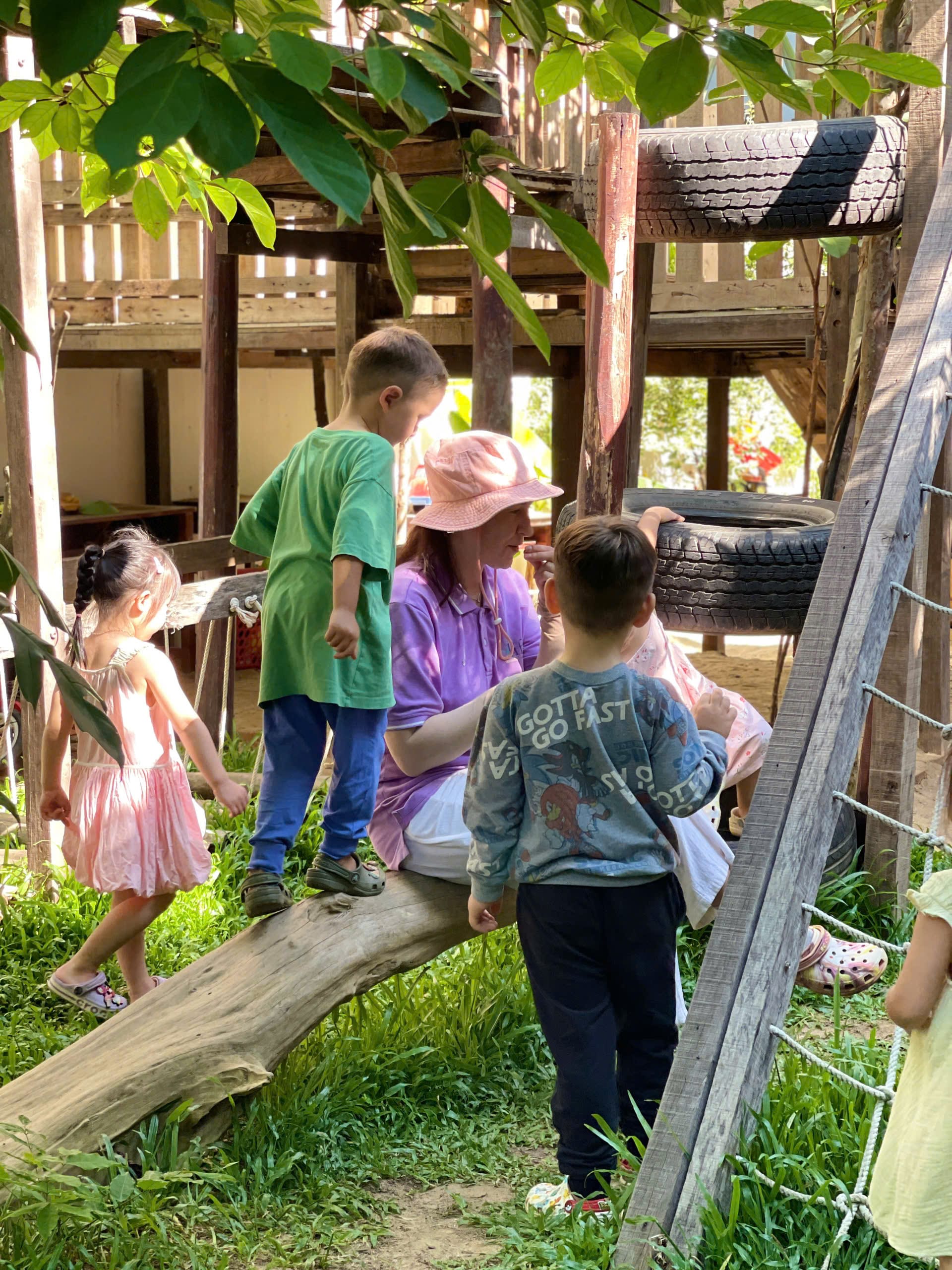
Unlocking Curiosity With A Basket Of Treasures
Engaging with real, varied objects develops fine motor skills, concentration, independence, and early problem-solving. Unlike toys designed for passive use, treasure baskets promote active discovery.
Practical tips for success
Offer the basket when your baby is alert and rested. Rotate items every few days to maintain interest. Never leave the child unattended. Follow your baby’s pace—some will dive in, others will observe first. Choose natural materials whenever possible.
The Basket of Treasures is more than a play tool – it’s a gateway to independent learning, sensory discovery, and early cognitive development. By offering safe, varied, and thoughtfully chosen objects, you invite your child to explore, wonder, and grow through hands-on experience. It’s a small, simple basket – but to your child, it holds a world of treasure.

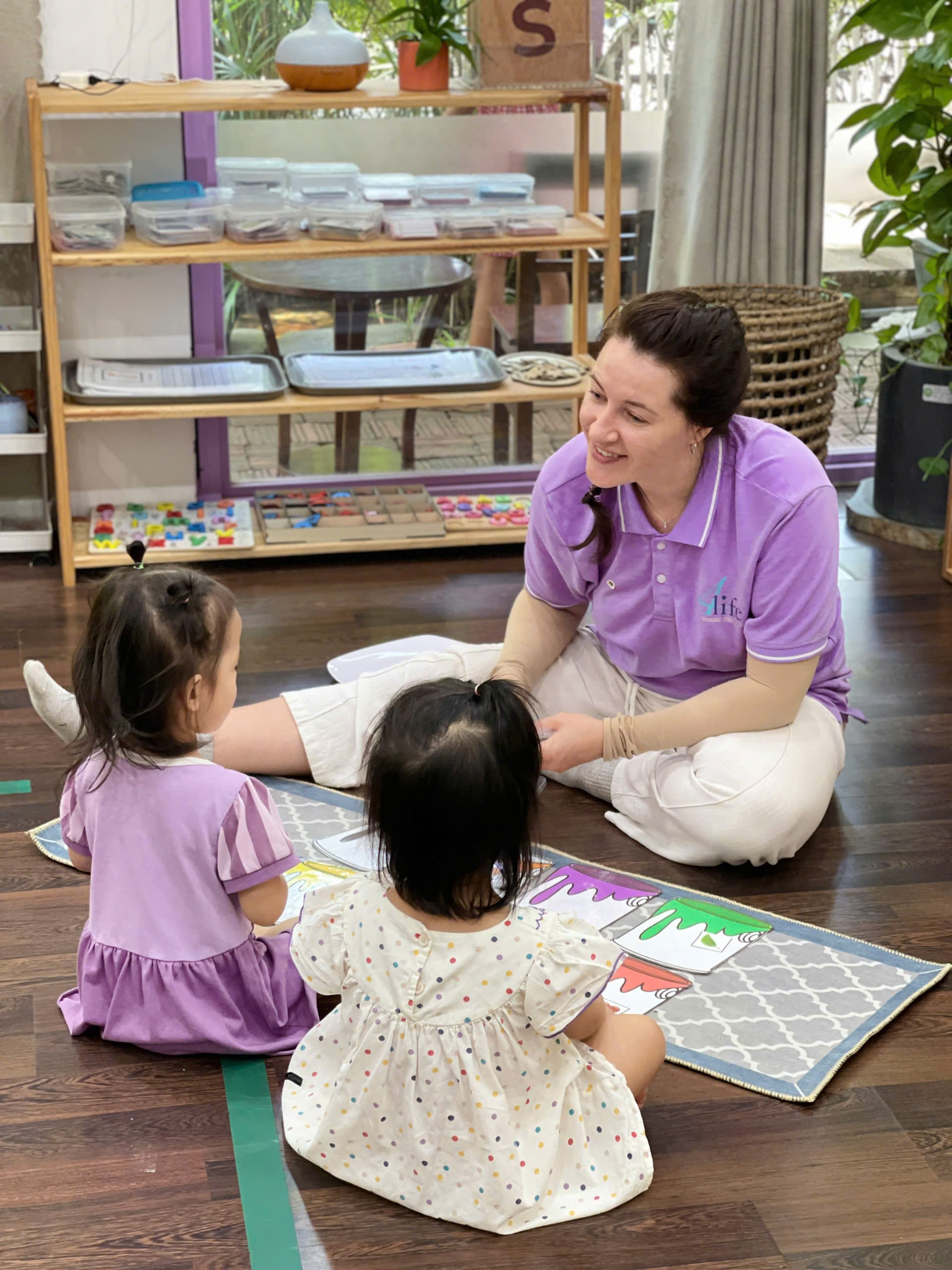
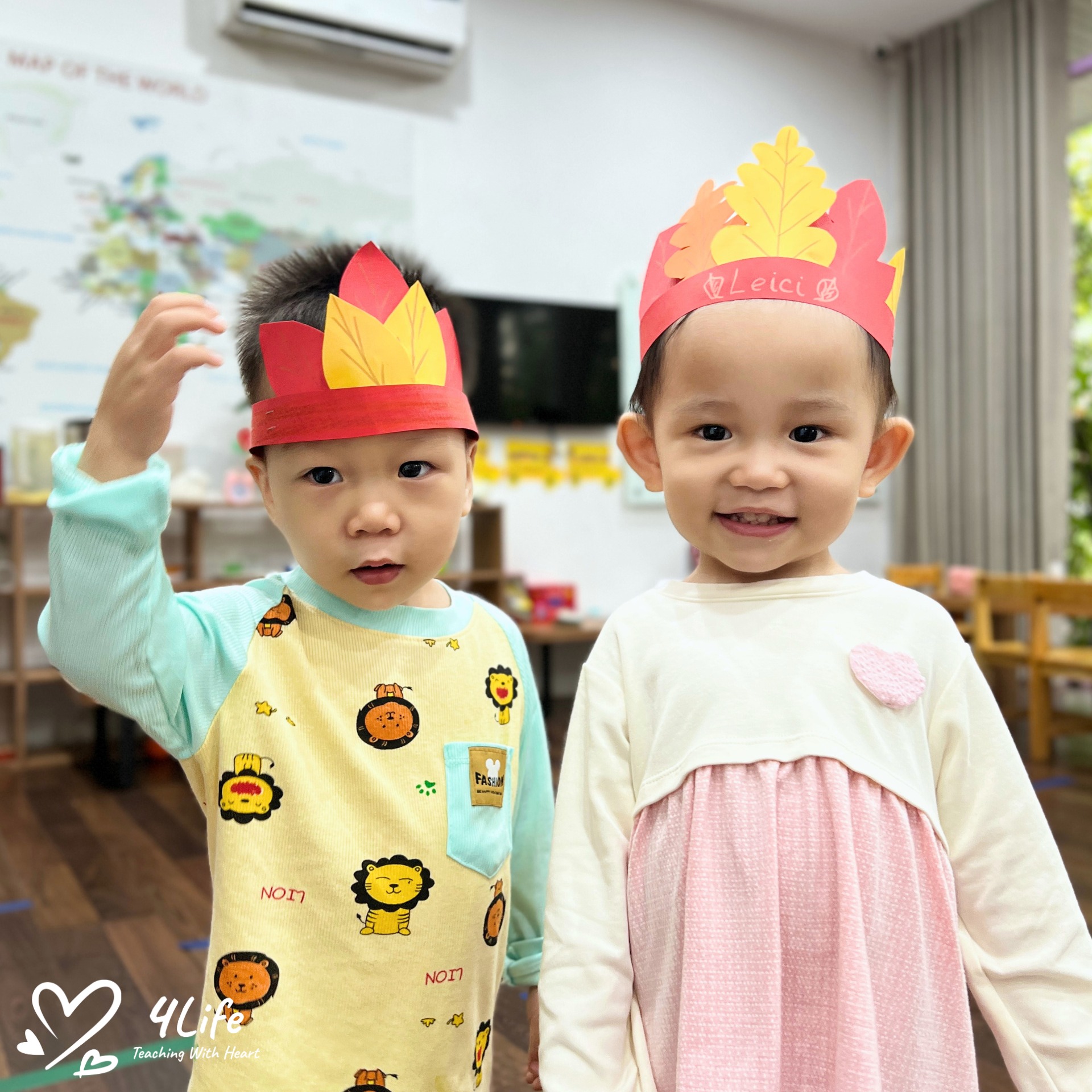
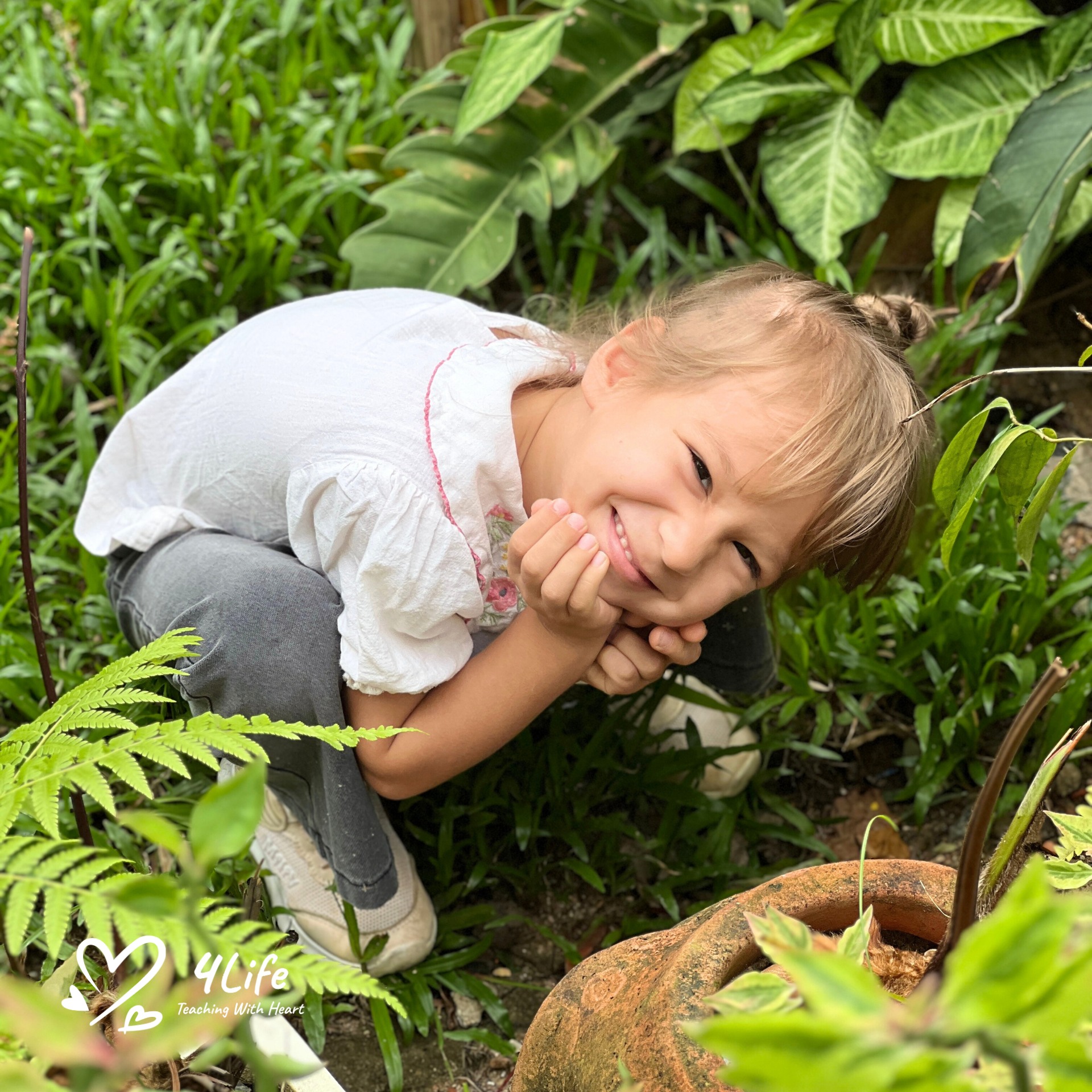
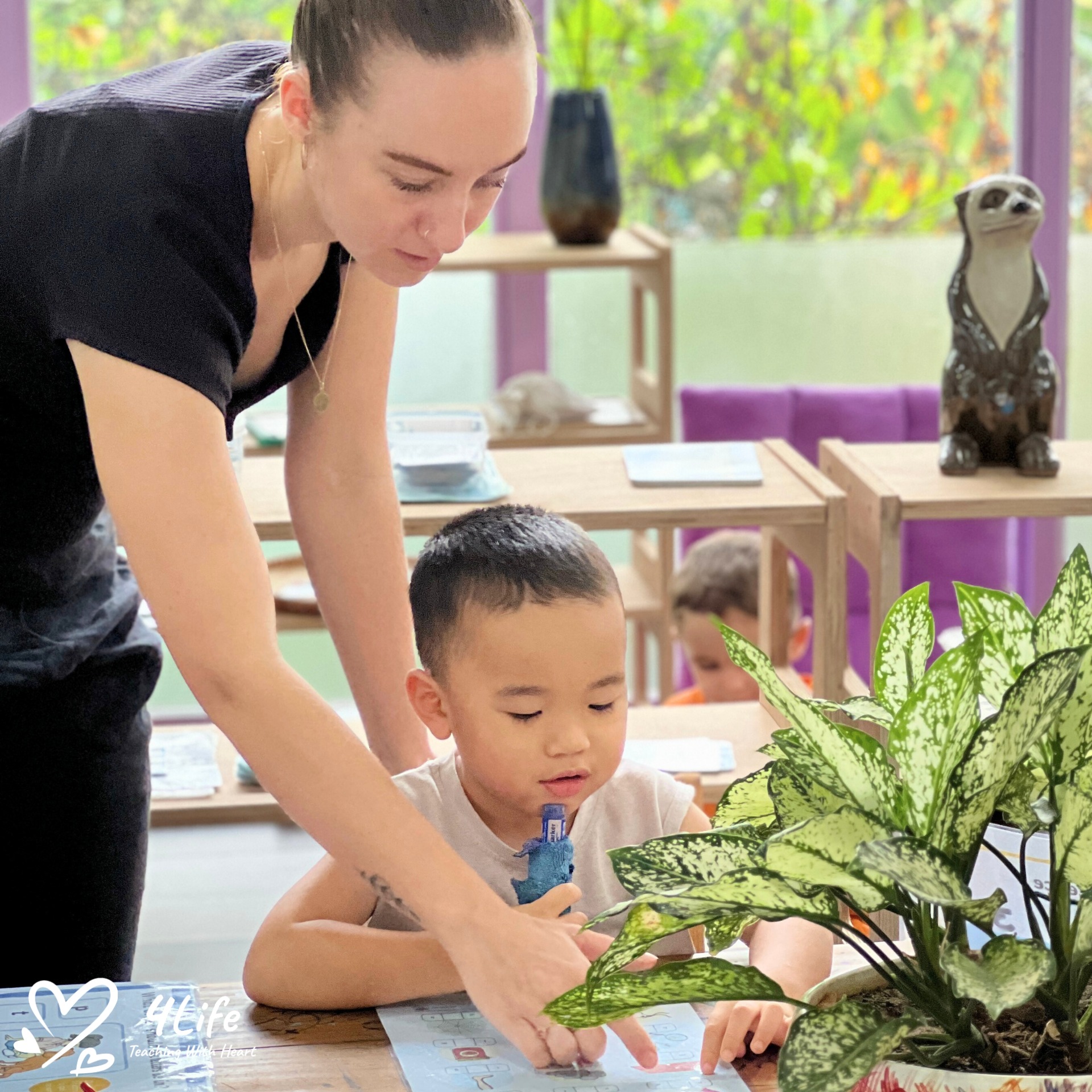
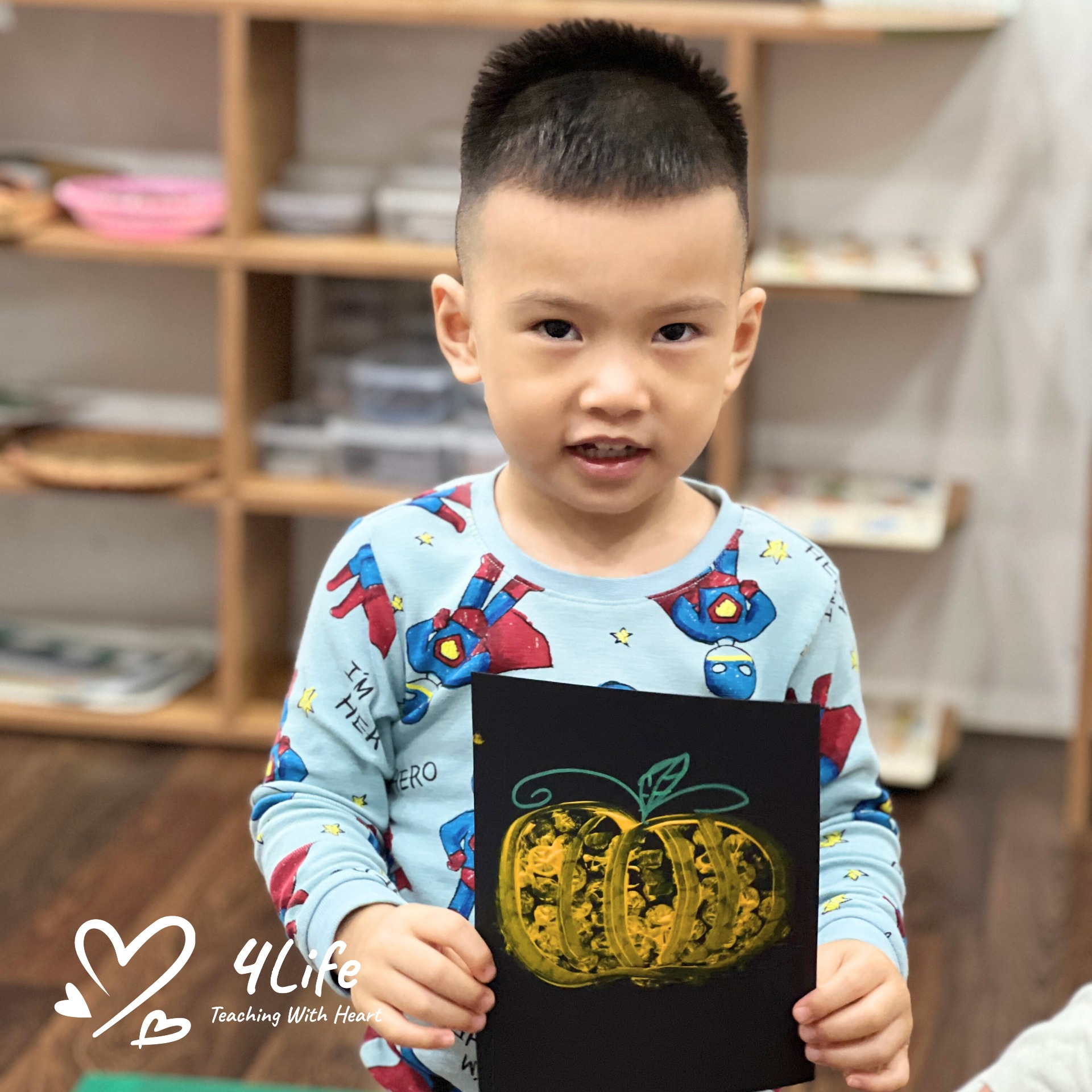
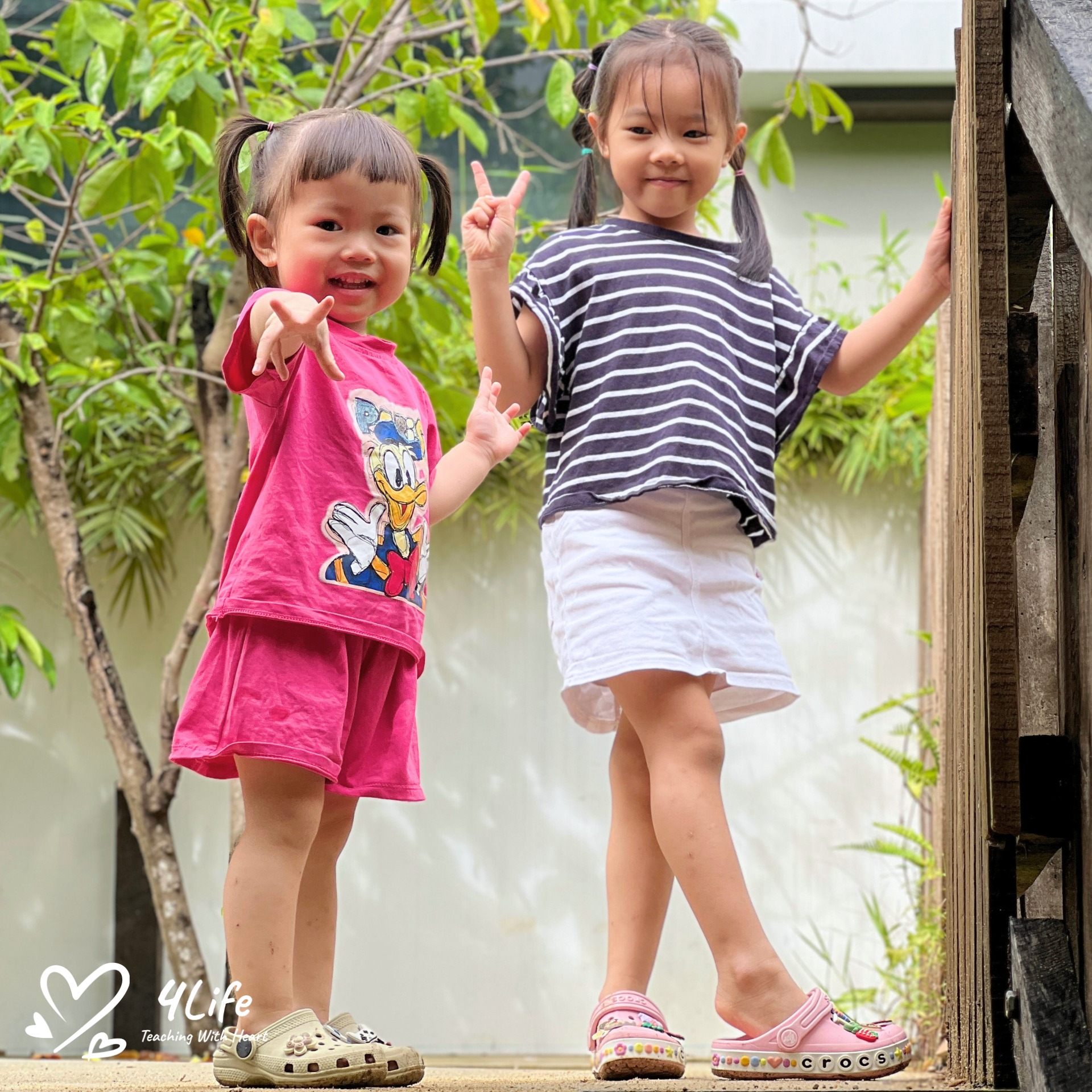
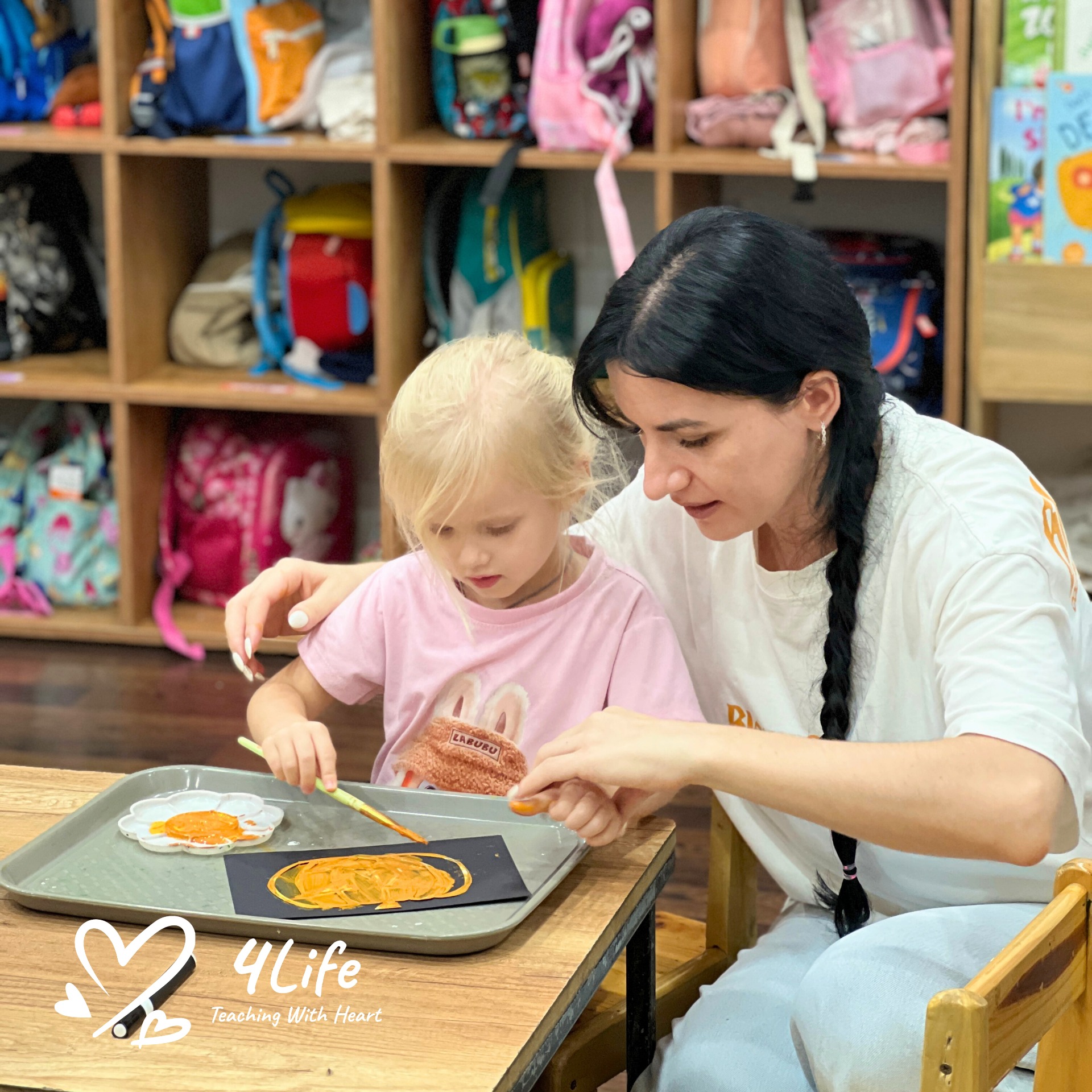
0 Comments